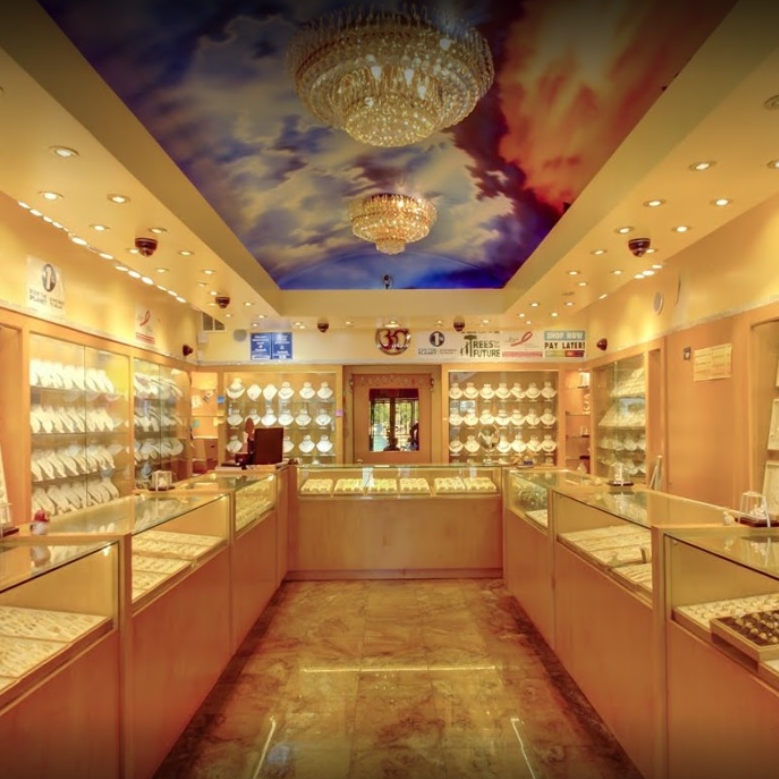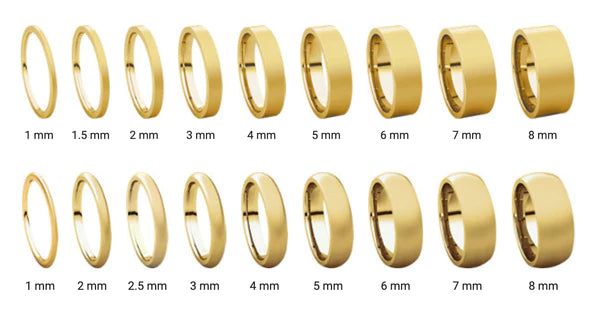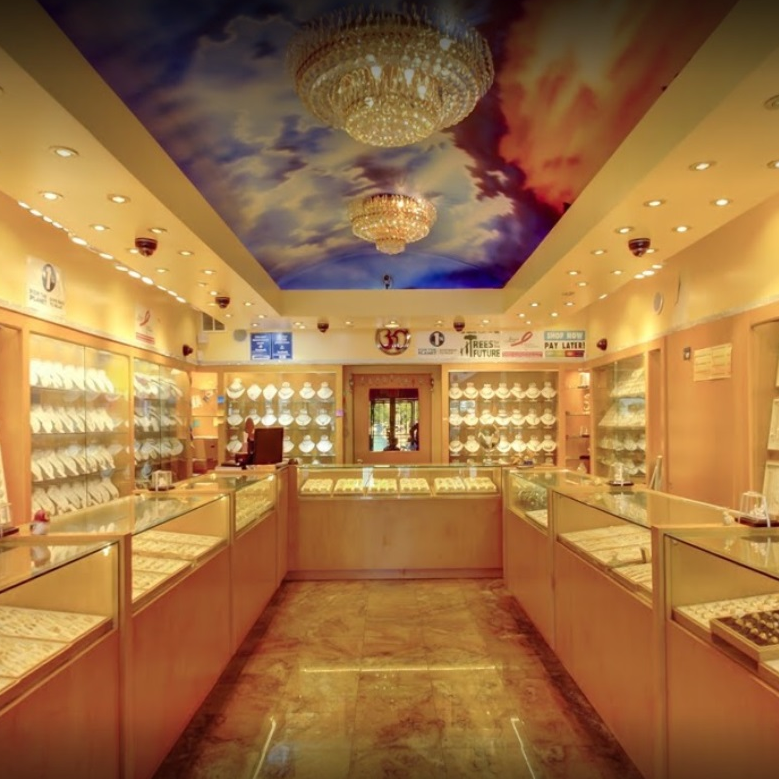Navigating the Landscape: Challenges and Opportunities in the Lab-Grown Diamond Market
The lab-grown diamond market, characterized by its rapid growth and dynamic landscape, presents a spectrum of challenges and opportunities for industry players. As consumers increasingly seek sustainable and ethical alternatives to mined diamonds, the market dynamics are evolving, opening avenues for innovation while posing certain hurdles. Here, we delve into the challenges and opportunities shaping the trajectory of the lab-grown diamond market.
Challenges:
-
Consumer Perception and Education:
- Challenge: Despite growing awareness, misconceptions persist regarding the quality and value of lab-grown diamonds compared to mined diamonds.
- Opportunity: Industry players can address this challenge through robust educational campaigns, highlighting the benefits and ethical considerations of lab-grown diamonds to enhance consumer understanding.
-
Pricing and Market Positioning:
- Challenge: The lab-grown diamond market faces the challenge of determining competitive pricing structures and establishing a distinct market position.
- Opportunity: Strategic pricing and effective communication of the unique value propositions, such as sustainability and ethical sourcing, can help build consumer trust and justify market positioning.
-
Regulatory Landscape:
- Challenge: Evolving regulations and standards pose challenges in ensuring consistent and clear guidelines for the lab-grown diamond industry.
- Opportunity: Industry stakeholders can actively engage with regulatory bodies to contribute to the development of transparent and ethical standards that promote fair competition and consumer protection.
-
Technological Advancements and Innovation:
- Challenge: The fast-paced evolution of technology requires continuous adaptation and investment, which can pose challenges for smaller players.
- Opportunity: Collaborative efforts and strategic partnerships within the industry can facilitate the sharing of technological advancements, reducing barriers to entry and fostering innovation.
-
Market Differentiation:
- Challenge: With an increasing number of players entering the market, establishing unique brand identities and differentiating products becomes challenging.
- Opportunity: Brands can focus on niche markets, emphasize specific sustainability practices, or leverage innovative marketing strategies to distinguish themselves in a crowded market.
Opportunities:
-
Growing Consumer Demand:
- Opportunity: The rising consumer demand for sustainable and ethical products provides a significant opportunity for the lab-grown diamond market to expand its reach and cater to a broader audience.
-
Technological Innovation:
- Opportunity: Ongoing advancements in diamond-growing technology present opportunities for manufacturers to enhance production efficiency, reduce costs, and improve the quality of lab-grown diamonds.
-
Customization and Personalization:
- Opportunity: Consumer preferences for personalized and bespoke jewelry offer an opportunity for the lab-grown diamond market to leverage its flexibility and customization capabilities.
-
Market Expansion and Accessibility:
- Opportunity: As production processes become more scalable and efficient, the lab-grown diamond market has the potential to expand, making sustainable and ethical diamonds more accessible to a broader consumer base.
-
Collaboration and Industry Partnerships:
- Opportunity: Collaborative efforts between industry players, research institutions, and certification bodies can contribute to the development of standardized practices, fostering a positive image for the lab-grown diamond industry.
-
Investment and Financing:
- Opportunity: The growing interest in sustainable and ethical investments creates opportunities for attracting financing and investment in lab-grown diamond technologies and businesses.
In conclusion, while the lab-grown diamond market faces challenges associated with perception, pricing, regulations, and differentiation, it also presents significant opportunities driven by consumer demand, technological innovation, customization trends, market expansion, and collaborative efforts. Navigating these challenges and capitalizing on opportunities will be key for industry stakeholders as they contribute to the ongoing transformation of the diamond industry.

















